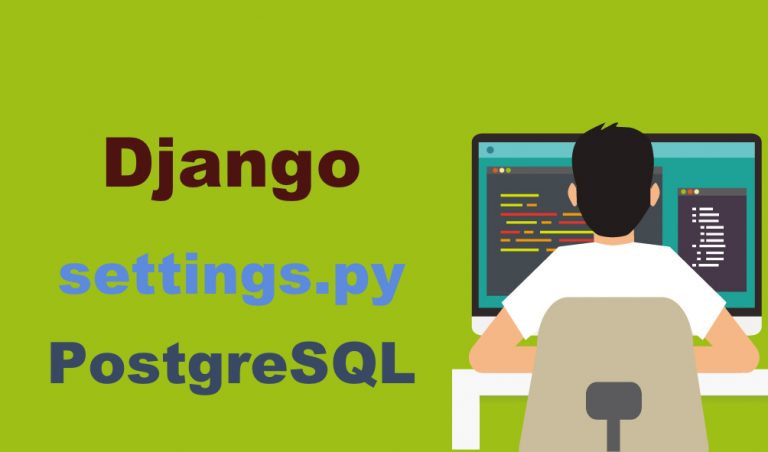Py Postgresql
Py-postgresql is a set of Python modules providing interfaces to various parts of PostgreSQL. Primarily, it provides a pure-Python driver with some C optimizations for querying a PostgreSQL database. Installation The PostgreSQL can be integrated with Python using psycopg2 module. Sycopg2 is a PostgreSQL database adapter for the Python programming language. Psycopg2 was written with the aim of being very small and fast, and stable as a rock. PostgreSQL is an amazing and modern R elational D atabase M anagement S ystem (RDBMS). PostgreSQL is also an open source database. PostgreSQL is cross platform. You can install PostgreSQL on Windows, Mac OS and Linux very easily. With Python, there are various ways we can access a PostgreSQL database. There are many database drivers for Python that we can use for this purpose, but psycopg is the most popular one. In this article we showed how to install the module, establish a connection to your PostgreSQL database, and execute common SQL queries using Python code. Psycopg is a PostgreSQL adapter for the Python programming language. This tool allows us to connect the capabilities of the Python language and libraries to obtain, manipulate, input, and update data stored in a PostgreSQL database. At the time of this writing the current version is psycopg2.
Chapter 45. PL/Python — Python Procedural Language
Table of Contents
- 45.1. Python 2 vs. Python 3
- 45.2. PL/Python Functions
- 45.3. Data Values
- 45.3.1. Data Type Mapping
- 45.3.2. Null, None
- 45.3.3. Arrays, Lists
- 45.3.4. Composite Types
- 45.3.5. Set-Returning Functions
- 45.4. Sharing Data
- 45.5. Anonymous Code Blocks
- 45.6. Trigger Functions
- 45.7. Database Access
- 45.7.1. Database Access Functions
- 45.7.2. Trapping Errors
- 45.8. Explicit Subtransactions
- 45.8.1. Subtransaction Context Managers
- 45.8.2. Older Python Versions
- 45.9. Transaction Management
- 45.10. Utility Functions
- 45.11. Environment Variables

The PL/Python procedural language allows PostgreSQL functions to be written in the Python language.
To install PL/Python in a particular database, use CREATE EXTENSION plpythonu (but see also Section 45.1).
Tip
If a language is installed into template1, all subsequently created databases will have the language installed automatically.

PL/Python is only available as an “untrusted” language, meaning it does not offer any way of restricting what users can do in it and is therefore named plpythonu. A trusted variant plpython might become available in the future if a secure execution mechanism is developed in Python. The writer of a function in untrusted PL/Python must take care that the function cannot be used to do anything unwanted, since it will be able to do anything that could be done by a user logged in as the database administrator. Only superusers can create functions in untrusted languages such as plpythonu.
Note
Py-postgresql Sample

Postgresql And Python Examples
Users of source packages must specially enable the build of PL/Python during the installation process. (Refer to the installation instructions for more information.) Users of binary packages might find PL/Python in a separate subpackage.